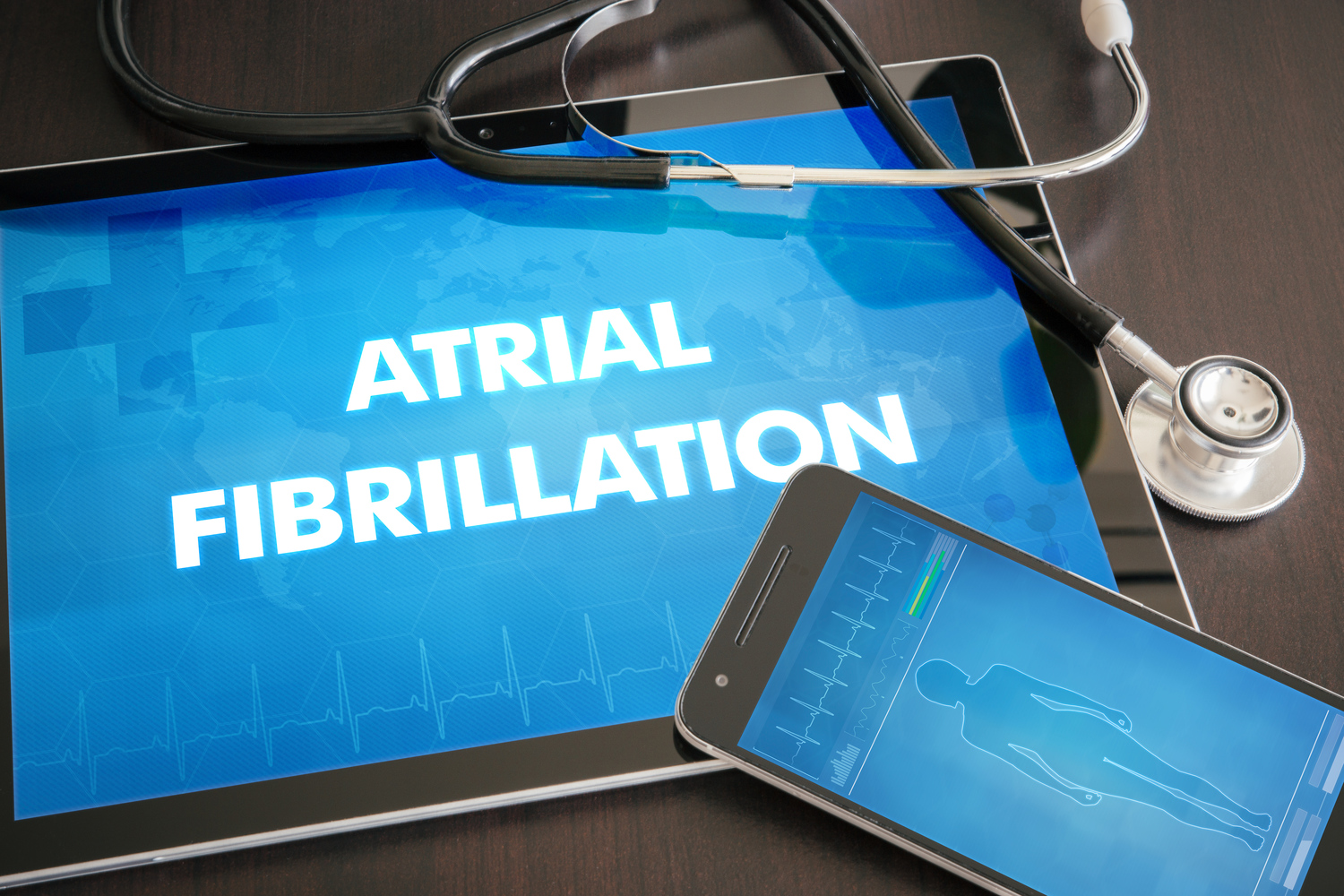
Cardioversion Treatment for Atrial Fibrillation
Treatment for atrial fibrillation depends on the stage of the condition and how the symptoms are affecting your health. Alongside these objectives, the medication or treatment would also be aimed at treating any underlying cause for the condition. The main objective of these treatments is to control the heart rate and reset the rhythm discrepancy alongside preventing the onset of any blood clots that could end up causing a stroke.
A treatment strategy will be worked out for you by your doctor based on various factors and these include the current condition of your heart as well as your overall health condition. In some cases, medication would be sufficient to deal with the condition but in others, more invasive treatments would be prescribed to ensure that the heart is not strained due to the condition.
The main cause for atrial fibrillation could be the result of some specific medical event or underlying condition acting as the trigger. In these cases, the treatment would be focused on dealing with the cause to treat these heart rhythm issues. However, if the symptoms of atrial fibrillation is causing problems from the beginning, then the treatment would be focused on resetting the rhythm and removing the strain on your heart. Treatment for atrial fibrillation is meant to reset the heart’s rhythm:
1. Cardioversion treatment purpose
When the heart rate and heart rhythm are restored to its normal rates, the problem of atrial fibrillation is dealt with. To achieve this, there are a few ways through cardioversion which will help reset the heart’s rhythm to normal sinus rhythm. There are two ways in which this form of cardioversion is done: electrical cardioversion and chemical cardioversion.
2. Electrical cardioversion
This is the procedure wherein paddles or patches are placed on the chest of the patient to pass an electrical shock to the heart. This will stop the heart’s activity momentarily before resetting it to the normal rate of functioning. The patient would be prescribed a sedative for this procedure so that the electric shock is not felt by the individual. In addition to this procedure, you may also be prescribed some medication like antiarrhythmics to ease the heart’s function.
3. Chemical cardioversion
This is the procedure wherein antiarrhythmics are prescribed to the patient for resetting the heart’s rhythm to a normal sinus range through medication. The type of medication prescribed whether oral or IV will depend on the heart condition and how fast the doctor wants the medication to bear effect.
4. Medication treatment
Before performing these procedures to reset your heart’s rhythm, you might be prescribed other forms of medicinal treatment for atrial fibrillation. These can include blood thinners so that you are not at any risk of clots or strokes. You must visit your doctor periodically and follow the treatment as prescribed to ensure that you do not compromise on your heart’s health.



